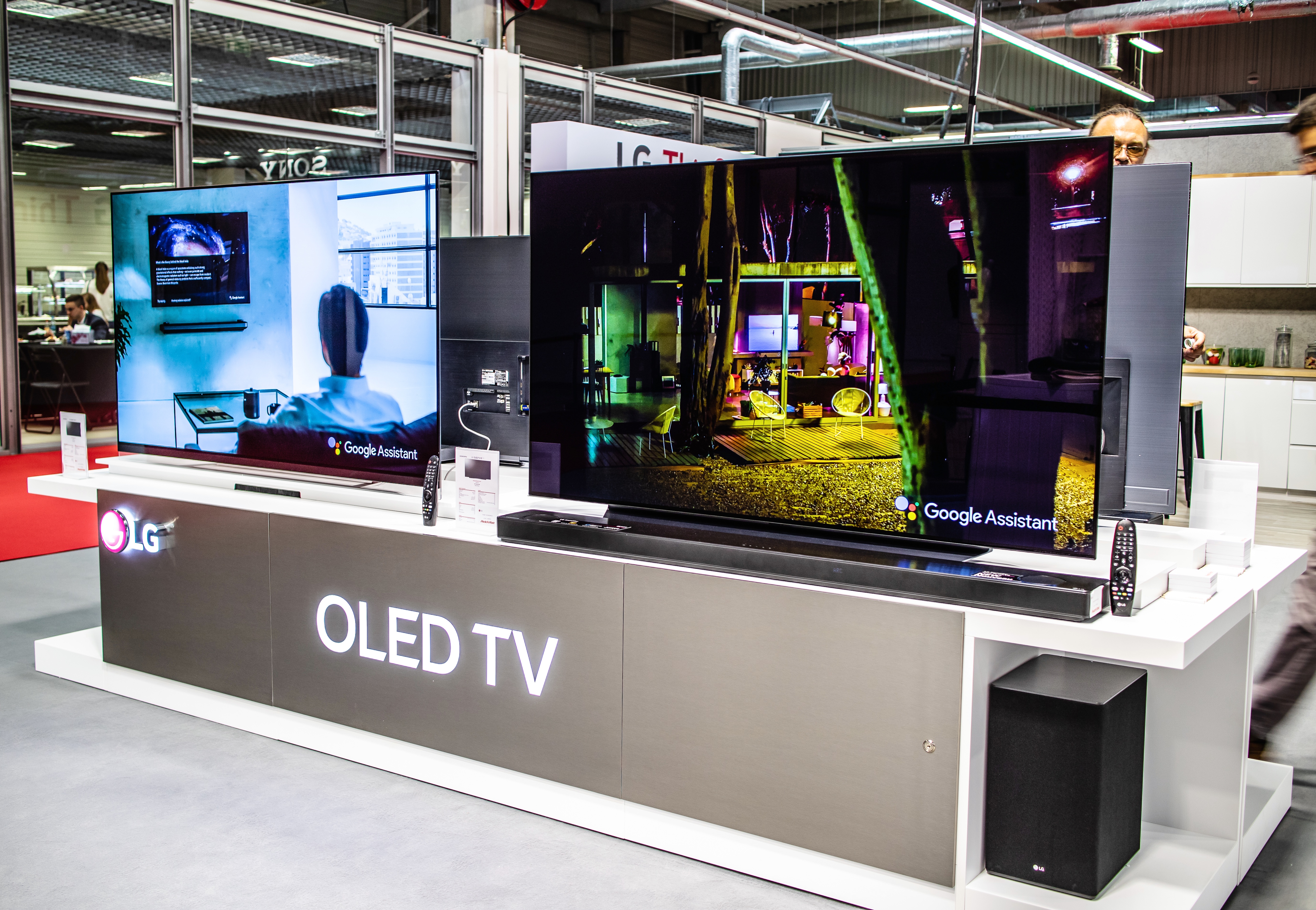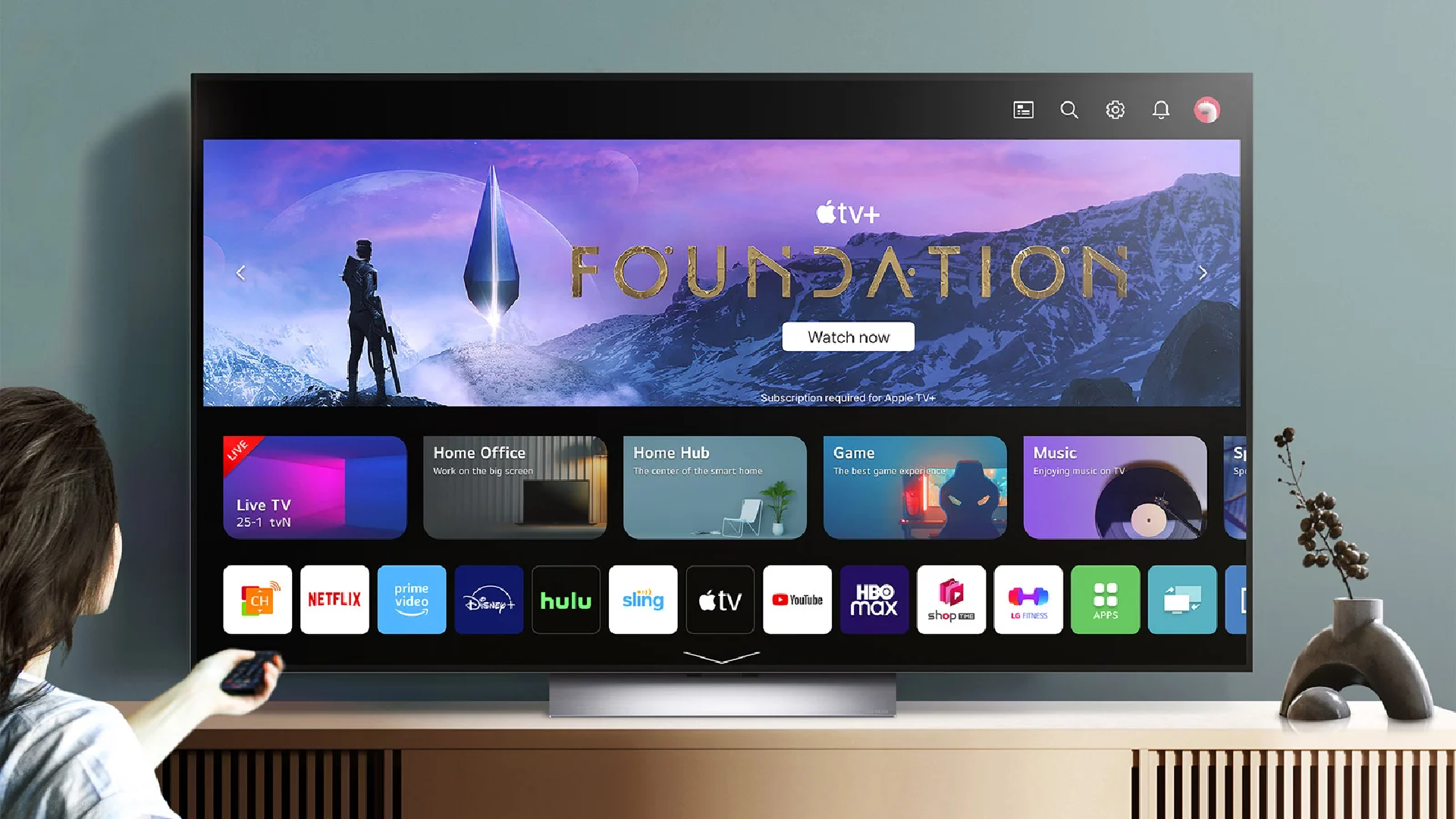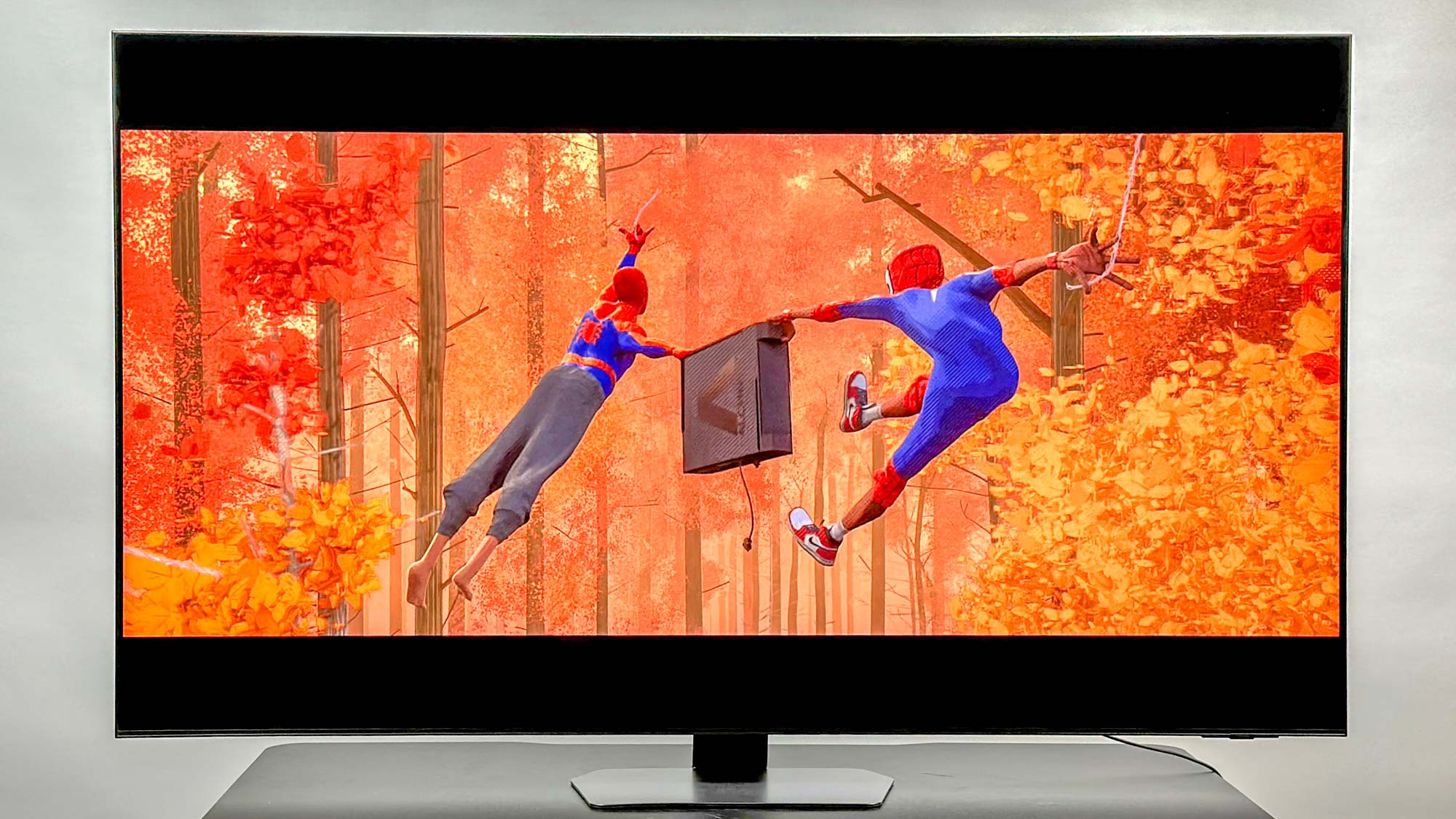Should you buy an older TV to save money? Here’s what you need to know first
TVs from two years ago are still available, but should you buy them?

If someone asks me for tips on scoring a good deal on one of the best TVs, I usually tell them to start with last year's models. They're new enough to still be in stock but old enough to have been replaced by a newer version. Given the nature of the business, it's easy to find a TV that's 90% as impressive as its successor for 60% of the price.
Some websites — Amazon, Walmart, and more — take this even further, making available models from two or three years ago, often by way of third-party sellers. Given the prevalence of these listings, you'll almost certainly come across them.
If you're particularly parsimonious, you might be tempted. But before you punch in your credit card number, there are a few things you ought to know about reaching this far back in time for a good deal.
You're costing yourself a couple years of updates
If you buy a TV that debuted last year, it's very possible that the first software update you install will fix some performance-related issues that the TV was saddled with when it initially shipped. From there, you can reasonably expect additional years of support, depending on the brand's output.
LG, for instance, has promised five years of additional webOS support for its TVs, so LG owners will receive software updates (on a one-year delay) well into the TV's lifespan. According to Samsung, outside of basic bug fixes, most of its TVs will receive major updates for "about two years."
When buying a TV from two or three years ago, you're costing yourself a couple years of software support. This might not be an issue if you foresee yourself replacing this model sooner than most people do, but if you're hoping to squeeze as much time out of your next TV as possible, you're better off going for the one that ostensibly has a longer life ahead of it. This is because modern TVs often slow down over time.
Smart TVs tend to get slower with age

Much like smartphones and desktop computers, smart TVs (which is to say, all TVs) tend to slow down the older they get. This can happen for a number of reasons.
Sign up to get the BEST of Tom's Guide direct to your inbox.
Get instant access to breaking news, the hottest reviews, great deals and helpful tips.
For one thing, the processors powering the software are just as susceptible to long-term degradation as they are in other devices. Additionally, like those other devices, smart TVs also rely on RAM. Over time, apps, software updates, and more fill up the TV's internal storage. Newer versions of software might be optimized for newer platforms, running sub-optimally on your older TV.
Basic TV functions are often tangled up in the overall software experience, too. Suddenly, switching from HDMI 1 to HDMI 2 suffers from the same slowdown that makes Netflix sluggish.
Ultimately, what might persuade you to opt for a year-old TV instead of a two-year-old TV is the most glaringly obvious difference of them all: price.
TVs don't drop in price forever

Right now, a 65-inch version of the Samsung QN90C (a 2023 model) is on sale at Amazon for about $1,300. This is about $700 less than the newer, 2024 version, the QN90D — a pretty great deal, all things considered.
If you want to jump back a year further, you'll find that Amazon still carries the QN90B, the version of this TV that debuted in 2022. At the time of publishing, this model is listed for around $1,350. That's fifty bucks more than the next newest version of this Samsung QLED. It's not a great deal.
There's a limit to how far TV prices drop before stock depletes entirely. Complicating this further, third-party sellers are often overseeing the listing, and indeed, the entire transaction. They're free to price that two-year-old model at an odd-seeming premium and their customer service may vary. Amazon is able to step in and arbitrate issues that arise during or after the sale, but it's an added layer of hassle that you might not want to deal with.
Stay within an 18-month window
For all of these reasons, I recommend most people stick with TVs that are within a window of around a year-and-a-half. And, if you find yourself considering a TV whose age is close to the 18-month cutoff point, keep in mind that there's a good chance its immediate successor is right around the same price, what with the imminent release of yet another updated version.
Between the QN90D, the QN90C, and the QN90B, the QN90C is right in the Goldilocks zone of price and longevity.
Should you still be enticed by a good deal on a two- or three-year-old TV? Do some research on the model and brand to get a sense of how often software updates populate and how successful they've been at improving the overall experience. More often than not, these deals won't be that much better than what you'll find on a model from last year. In other words, between the QN90D, the QN90C, and the QN90B, the QN90C is right in the Goldilocks zone of price and longevity.
More from Tom's Guide

Michael Desjardin is a Senior Editor for TVs at Tom's Guide. He's been testing and tinkering with TVs professionally for over a decade, previously for Reviewed and USA Today. Michael graduated from Emerson College where he studied media production and screenwriting. He loves cooking, zoning out to ambient music, and getting way too invested in the Red Sox. He considers himself living proof that TV doesn't necessarily rot your brain.
